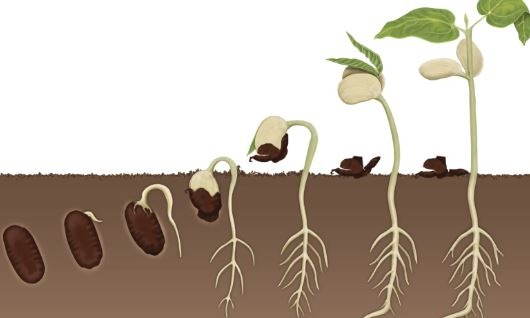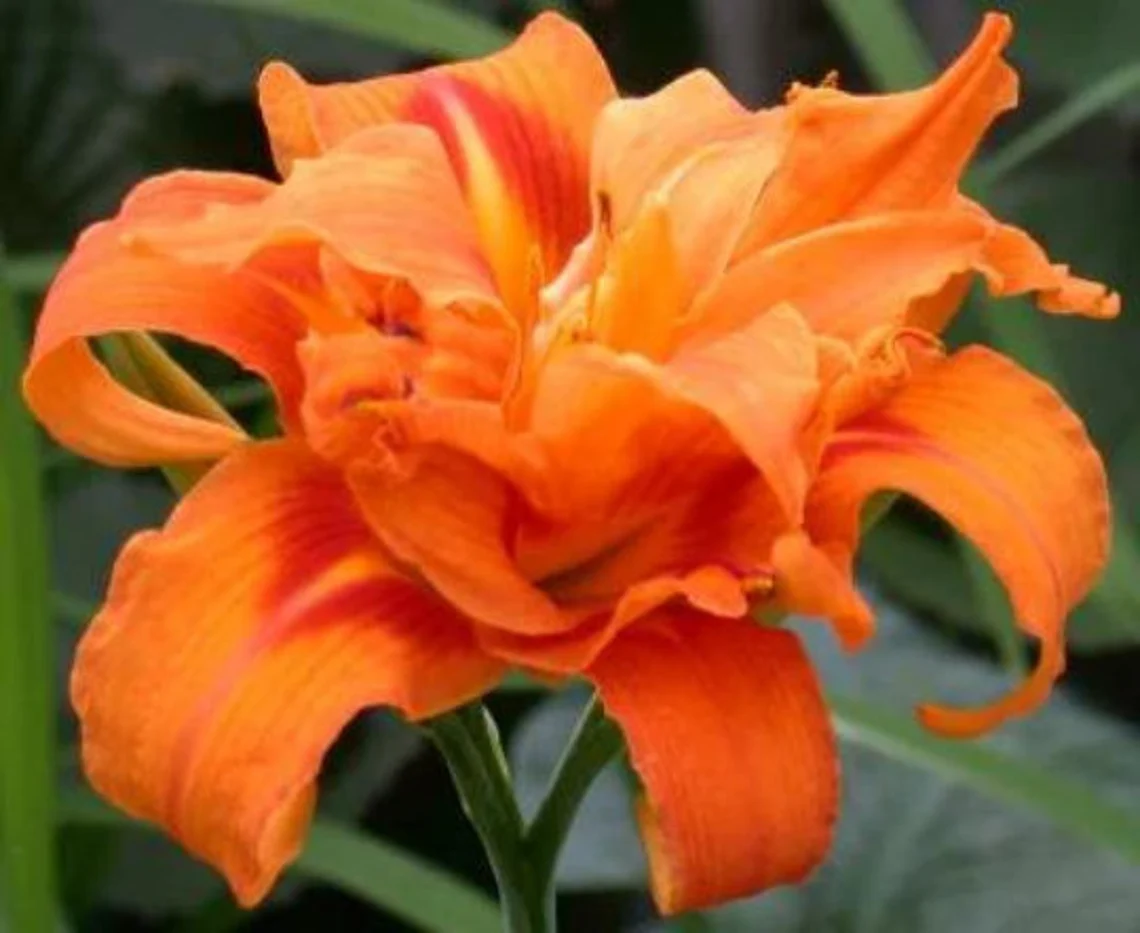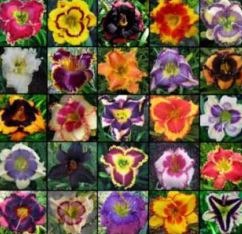Germination
Germination is the process by which a seed develops into a new plant. It is the beginning of a plant’s life cycle and involves the activation of the embryo within the seed. Germination typically occurs when certain conditions are met, including the presence of water, appropriate temperature, and sometimes light.
The process of germination begins when a seed absorbs water, causing it to swell and become activated. This triggers biochemical changes within the seed, leading to the breakdown of stored nutrients and the initiation of growth. The embryo within the seed then starts to elongate and develop into a seedling.
The germination process typically involves several stages. First, the seed coat, which protects the embryo, is ruptured or softened, allowing water to penetrate. Then, the radicle (embryonic root) emerges from the seed, followed by the emergence of the shoot (embryonic stem and leaves). The root system grows downward into the soil, while the shoot system grows upward, seeking sunlight.
The specific requirements for germination can vary among plant species. Some seeds may require specific environmental cues, such as exposure to cold temperatures (stratification) or fire (smoke or heat) to break dormancy and initiate germination. Additionally, some seeds require light for germination, while others prefer darkness.
Overall, germination is a crucial process that allows plants to establish and grow, enabling the continuation of their life cycle and the production of new generations.
The Process of Germination
Here are some steps to help you start germinating:
1. Choose the right seeds: When choosing seeds, make sure they’re fresh and from a reputable source. Old seeds or those that have been improperly stored may not germinate.
2. Soak the seeds: Soaking seeds before planting can help speed up the germination process. Place the seeds in a container of water and let them soak for a few hours.
3. Prepare the planting medium: The planting medium is what the seeds will grow in. It needs to be moist but not too wet. You can use potting soil or a mix of soil and vermiculite.
4. Plant the seeds: Make a small hole in the planting medium, put the seed in, and cover it with soil.
5. Provide the right conditions: Seeds need warmth and moisture to germinate. Keep the planting medium moist, and place the container in a warm, sunny spot.
6. Watch for growth: Depending on the type of seed, it may take a few days to a couple of weeks for the seedlings to emerge. Once they do, make sure they’re getting enough light and water.
Starting a garden can be a rewarding experience, and germinating your seeds is the first step. By following these steps, you’ll be on your way to growing healthy plants in no time.




